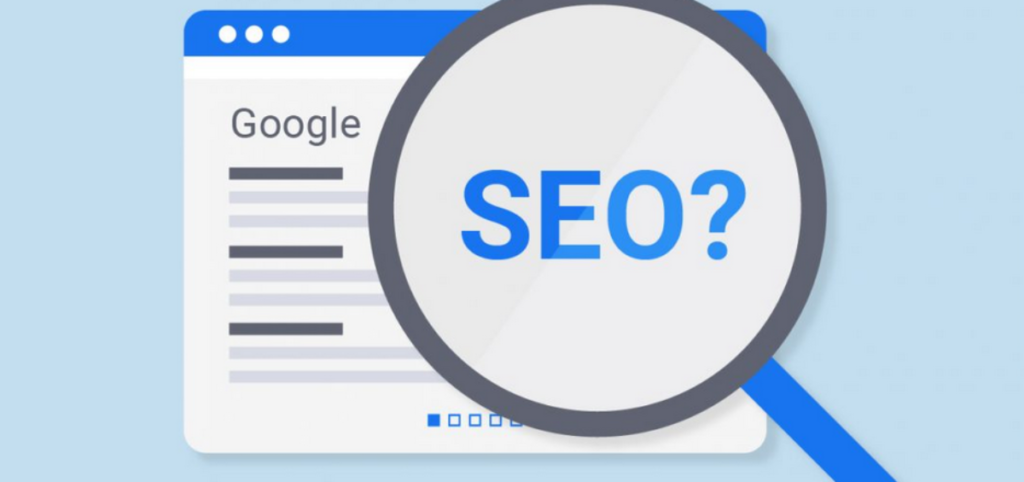On-page SEO is the original method of search engine optimization, and it builds your online presence by using the content on your web pages. This allows search engines to index your website based on keywords. A few years ago, all you had to do was use your keywords as many times as possible in your copy, and your site would rank highly in search engine results pages (SERPs). It used to be as simple as using Meta tags in your HTML code. It’s now slightly more complicated, for a variety of reasons, due to recent improvements led by Google in the algorithms used to index data.
Search engines now have a much wider range of search criteria to choose from. Meta tags, page and image names, alt tags, keyword density, back links, content consistency, and content duplication or plagiarism are only a few of the major factors that go into on-page SEO best practises. No matter how well your content complies with some of these laws, breaking others will result in a penalty and a low – or no – ranking in the SERPs, as well as poor SEO tracking performance.
Each of the search parameters has its own set of rules. For example, links are assessed based on the quality of the pages and content to which they connect, and a page with high-quality, insightful content may be penalised if it links to a page with user-generated content rather than authoritative information from a well-known, popular publication. While keywords are important for SEO, they cannot be overused, and “keyword stuffing” is the quickest way to get a website de-indexed. Both of these guidelines are beneficial to websites and the Internet in general because they eliminate pages that are filled with spam and nonsensical material. Keywords are still the most critical part of optimization, but they can’t be chosen at random if you want to get good results. Keyword analysis tools abound on the Internet, ranging from sites that help you choose the most searched-for terms that relate to your company to tools that track your keywords’ rankings. On-page SEO performance is mostly determined by using the right keywords the right number of times and updating content containing them often enough to improve their rating.
Search engines now have access to a much broader set of search standards. On-page SEO best practises include meta tags, page and image names, alt tags, keyword density, back links, content continuity, and content duplication or plagiarism, to name a few. Breaking any of these laws will result in a penalty and a low – or no – ranking in the SERPs, as well as poor SEO tracking results, regardless of how well your content complies with others.
The “Panda” Google algorithm update in 2011 highlighted the importance of website content quality. Suddenly, publishing copy with bad spelling and grammar, or details that duplicated material contained elsewhere on the site, was no longer appropriate. Given the large number of websites available, this made content creation extremely difficult. The term “plagiarism” was coined to describe any portion of text that contained phrases of five or more words that were duplicated elsewhere. On-page SEO became more difficult than ever before due to the new emphasis on fresh, original material, and content mills that made money by publishing hundreds of similar pages as anchors for ads saw their SERP results plunge. The Internet is always changing, and SEO best practises change on a regular basis. Google’s algorithms adjust more than 50 times a day. This makes on-page optimization more difficult, and the goal posts are constantly changing. As a consequence, it’s important to follow best SEO practises at all times, review and assess your website’s results on a regular basis, and work to constantly enhance your offering. That is the only way to achieve your desired SERP rating, and there is no way to “game” the system.
David is Seo Expert of California company .people ask to free Seo tools for website analysis? So david explain and tell some tips about Seo tools.
